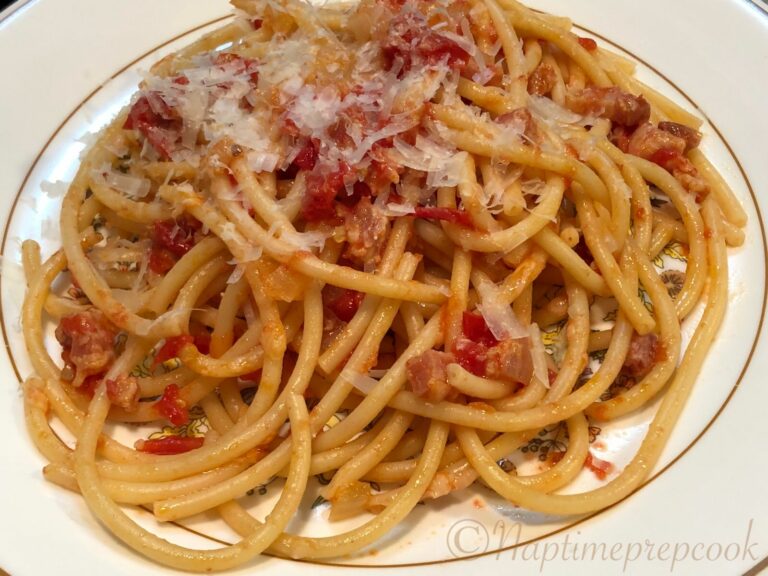Introduction: Holy See cuisine
The Holy See, also known as the Vatican City, is the smallest independent state in the world and is located in the heart of Rome, Italy. Being the center of the Catholic Church, the Holy See has been a pilgrimage destination for centuries, attracting millions of tourists every year. Along with its religious and cultural significance, the Holy See is also known for its cuisine. But is there a focus on simplicity and quality in Holy See cuisine? Let’s explore.
Simplicity over extravagance
In a world where presentation and extravagance often dominate the food industry, Holy See cuisine stands out for its simplicity. The focus is on the natural flavors of the ingredients, rather than elaborate plating or complex recipes. The cuisine is rooted in the Mediterranean tradition and is characterized by its fresh, seasonal ingredients. The dishes are often light and healthy, with a variety of vegetable-based options.
Traditional ingredients and recipes
Holy See cuisine is deeply rooted in tradition. The recipes have been passed down through generations, and ingredients are often sourced locally. One of the most prominent ingredients in Holy See cuisine is olive oil, which is used generously in many dishes. Other staple ingredients include tomatoes, garlic, basil, and various types of seafood. Some of the most popular dishes include pasta alla carbonara, spaghetti alle vongole, and saltimbocca alla romana.
Quality and freshness
Quality and freshness are at the core of Holy See cuisine. The dishes are made with the freshest ingredients and are often prepared just before serving. The cuisine puts a strong emphasis on the quality of the ingredients, which are often sourced from local farmers and fishermen. Holy See cuisine also has a strong tradition of wine-making, with Italian wines being popular choices to pair with the dishes.
A reflection of the Holy See’s values
The simplicity and quality of Holy See cuisine reflect the values of the Catholic Church, which emphasizes the importance of humility, service, and care for the environment. The cuisine is a reflection of the Holy See’s commitment to sustainable agriculture, ethical food practices, and the preservation of tradition. It is a way of honoring the cultural heritage of Italy and the Mediterranean.
Conclusion: A taste of simplicity and excellence
In summary, Holy See cuisine is characterized by its simplicity, quality, and tradition. The cuisine puts a strong emphasis on the natural flavors of the ingredients and the use of local, fresh ingredients. The dishes are often light and healthy and reflect the values of the Holy See, emphasizing humility and care for the environment. Holy See cuisine is a taste of excellence, and a reflection of the rich cultural heritage of Italy and the Mediterranean.

